|
|
|
|
|
|
|
|
Photo Gallery for Plestiodon fasciatus - Common Five-lined Skink
| 21 photos are shown. |
 | Recorded by: Andrew W. Jones
Polk Co.
Comment: | 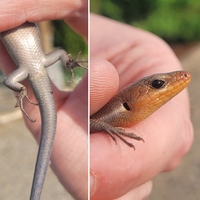 | Recorded by: Andrew W. Jones
Polk Co.
Comment: |
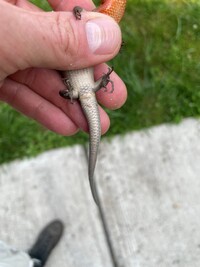 | Recorded by: K. Bischof
Transylvania Co.
Comment: | 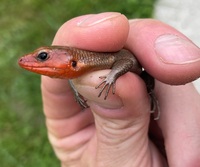 | Recorded by: K. Bischof
Transylvania Co.
Comment: |
 | Recorded by: Travis McLain
Transylvania Co.
Comment: | 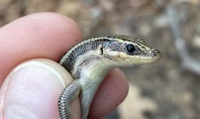 | Recorded by: K. Bischof
Beaufort Co.
Comment: |
 | Recorded by: J. Mickey
Surry Co.
Comment: | 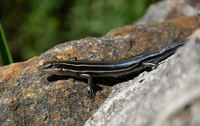 | Recorded by: J. Mickey
Surry Co.
Comment: |
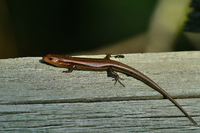 | Recorded by: J. Mickey
Surry Co.
Comment: |  | Recorded by: J. Mickey
Iredell Co.
Comment: |
 | Recorded by: J. Mickey
Surry Co.
Comment: |  | Recorded by: Travis McLain
Rowan Co.
Comment: |
 | Recorded by: J. Mickey
Surry Co.
Comment: |  | Recorded by: J. Mickey
Surry Co.
Comment: |
 | Recorded by: J. Mickey
Surry Co.
Comment: | 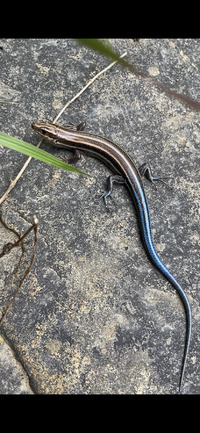 | Recorded by: H. Quay
Orange Co.
Comment: |
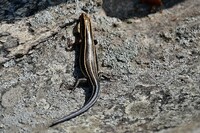 | Recorded by: J. Mickey
Surry Co.
Comment: | 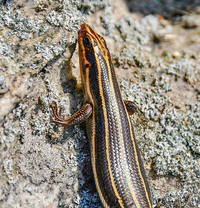 | Recorded by: J. Mickey
Surry Co.
Comment: PIMO |
 | Recorded by: Travis McLain
Cabarrus Co.
Comment: | 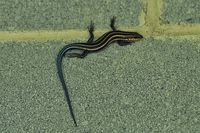 | Recorded by: J. Mickey
Wilkes Co.
Comment: |
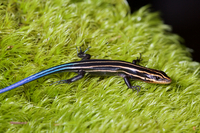 | Recorded by: Jim Petranka and Becky Elkin
Rutherford Co.
Comment: |
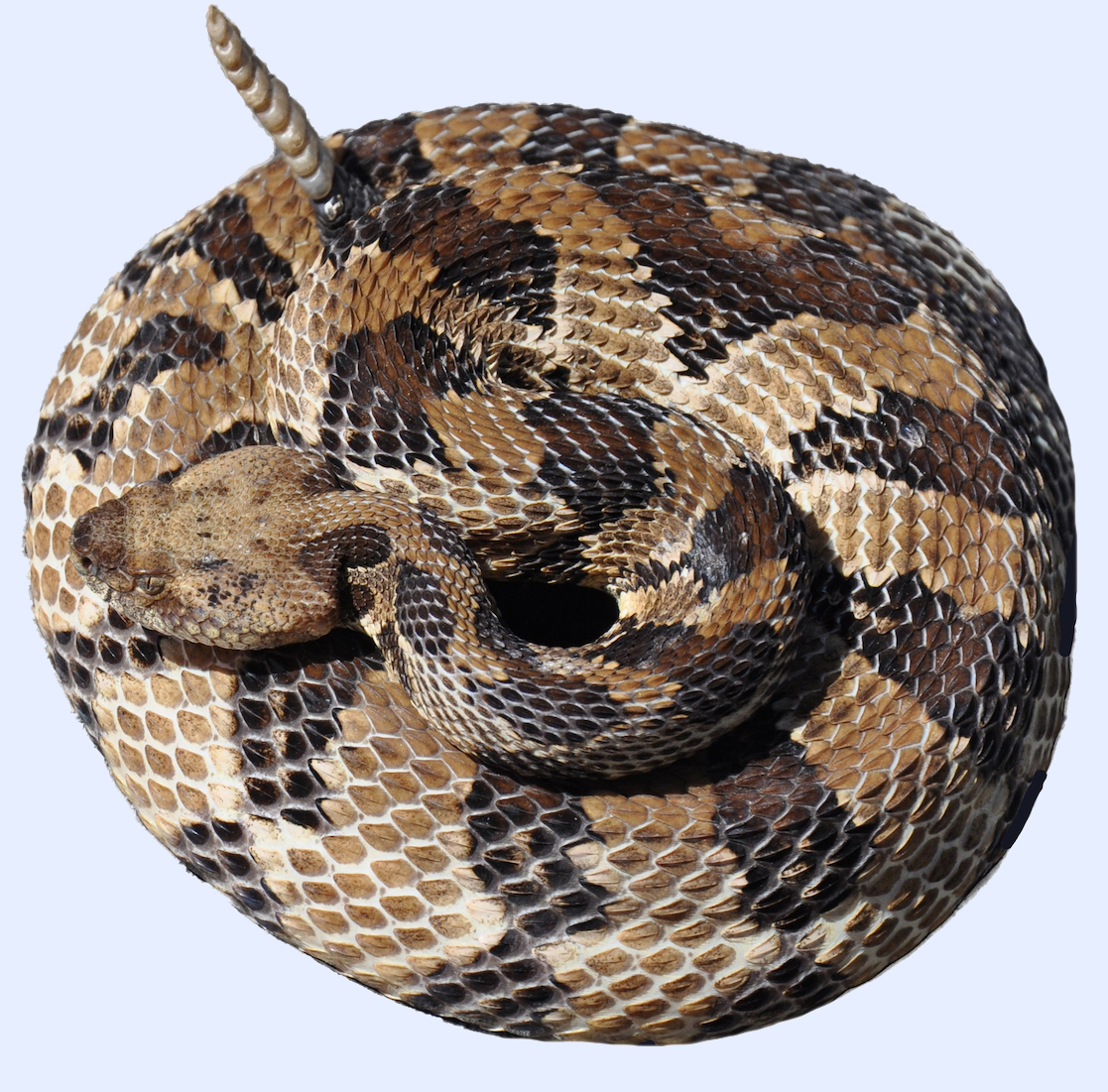
 »
» 



 »
» 

